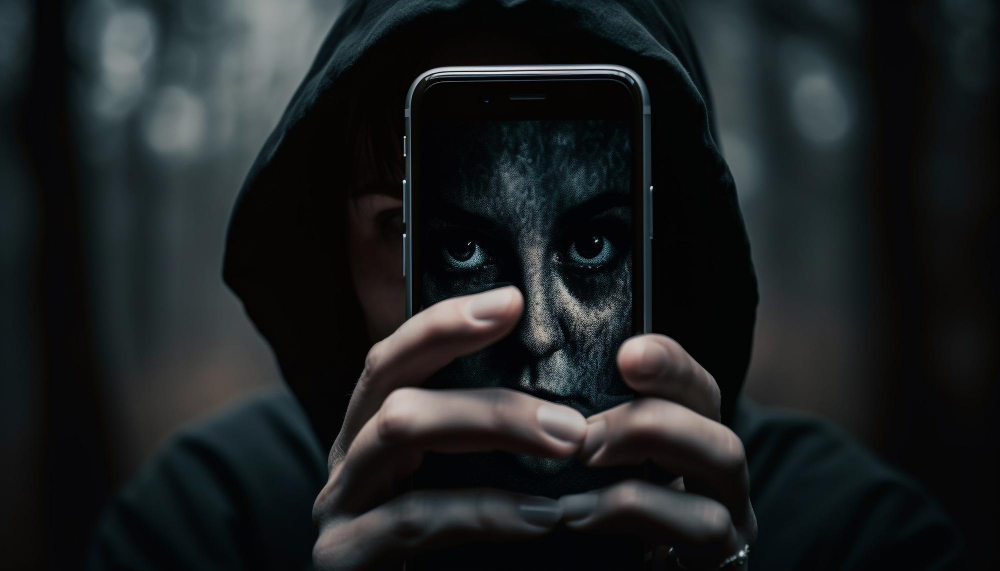In an era defined by rapid technological advancements, the rise of deepfake technology has emerged as a significant concern for cybersecurity and the integrity of digital content. Deepfakes are synthetic media created using artificial intelligence and machine learning algorithms. They have the uncanny ability to manipulate audio and video recordings to make it appear as if someone is saying or doing something they never did. The implications of this technology are profound, ranging from misinformation and fraud to privacy violations. In this article, we’ll delve into the world of deepfakes, their proliferation, and the essential strategies for safeguarding the truth in a digital landscape.
What Are Deepfakes?
Deepfakes represent a fusion of AI and creativity. These artificial manipulations are created by feeding algorithms vast datasets of real people’s faces, voices, and expressions. Once trained, these algorithms can generate highly convincing forged videos and audio recordings. It’s important to understand that deepfakes are not just limited to altering celebrity images or creating fake news clips; they can affect anyone and everyone.
The Proliferation of Deepfakes
The rapid proliferation of deepfake technology is a cause for concern. It’s no longer limited to niche hackers or tech-savvy individuals; user-friendly software and apps have made deepfake creation accessible to the masses. From political figures to celebrities, and even everyday individuals, no one is immune to the potential harm caused by malicious deepfake content.
The Threat to Truth and Trust
The spread of deepfake content poses a substantial threat to truth and trust in the digital age. Misleading videos can damage reputations, create public hysteria, and influence public opinion. Deepfakes can be weaponized for disinformation campaigns, financial fraud, or even to incite conflict. In a world where digital content often shapes our perceptions, safeguarding the truth is paramount.
Detecting and Identifying Deepfakes
One way to counter the deepfake threat is through detection and identification. Various techniques, including digital forensics, pattern recognition, and machine learning algorithms, are being employed to spot inconsistencies in manipulated content. However, the cat-and-mouse game between deepfake creators and detectors continues, as detection methods are not foolproof.
Combating Deepfakes: Cybersecurity Strategies
To protect against deepfake attacks, individuals and organizations must adopt proactive cybersecurity strategies:
1. Verify the Source
Always double-check the source of the content. If a video or audio clip seems suspicious or controversial, investigate its origin before accepting it as fact.
2. Educate Yourself
Stay informed about the latest deepfake trends and developments. Awareness is the first line of defense against deception.
3. Use Trusted Platforms
Rely on reputable platforms for news and information. Verified accounts and trusted sources are less likely to share deepfake content.
4. Be Cautious with Personal Data
Guard your personal information and be cautious about what you share online. Deepfake creators can use publicly available data to target individuals.
Legal and Ethical Considerations
The legal and ethical aspects of deepfakes are complex and evolving. Some countries have introduced legislation to address deepfake creation and distribution, while others are still in the process of formulating laws. Balancing freedom of expression with the need to curb malicious use remains a challenge.
Future of Deepfake Technology
As AI and machine learning continue to advance, the future of deepfake technology remains uncertain. New techniques and tools may emerge, making it even more challenging to detect deepfakes. It is crucial for researchers, policymakers, and tech companies to stay ahead of the curve in combating this evolving threat.
Conclusion
In an age where digital content shapes our perceptions and decisions, the rise of deepfake technology poses a significant challenge. Protecting the truth and maintaining trust in digital media are paramount. By staying informed, employing cybersecurity strategies, and advocating for responsible technology use, we can collectively work towards a safer digital future, where truth prevails over deception.

